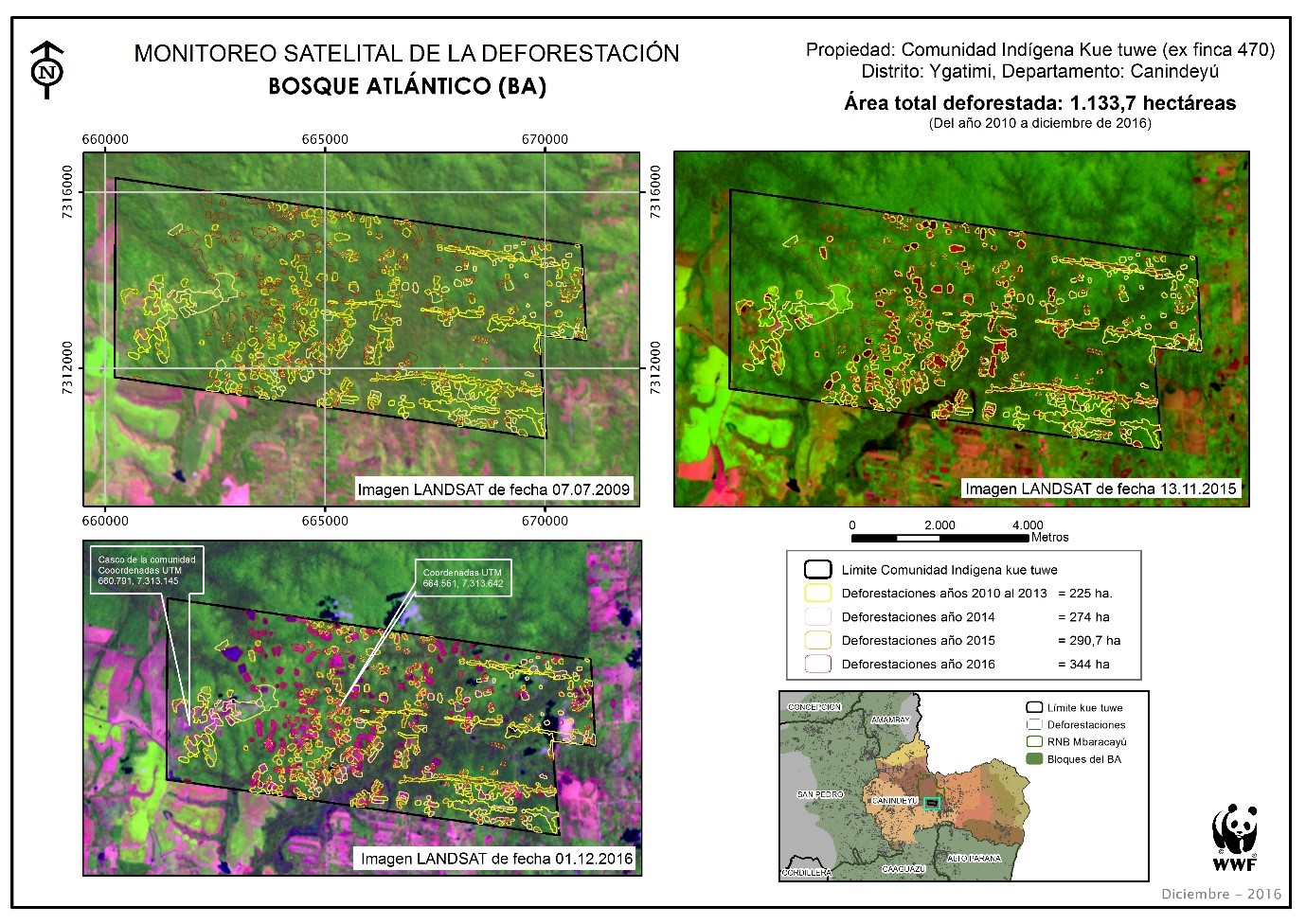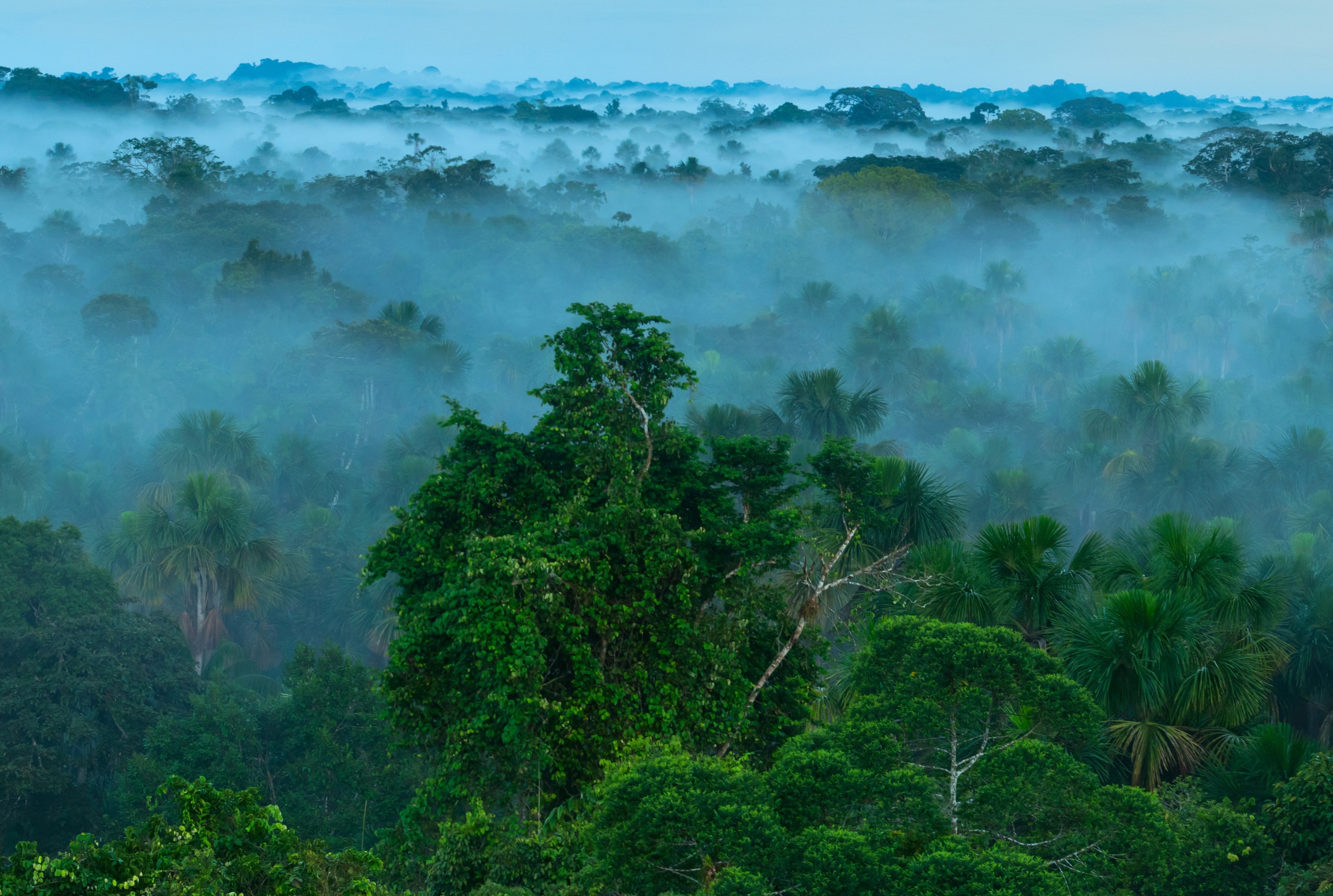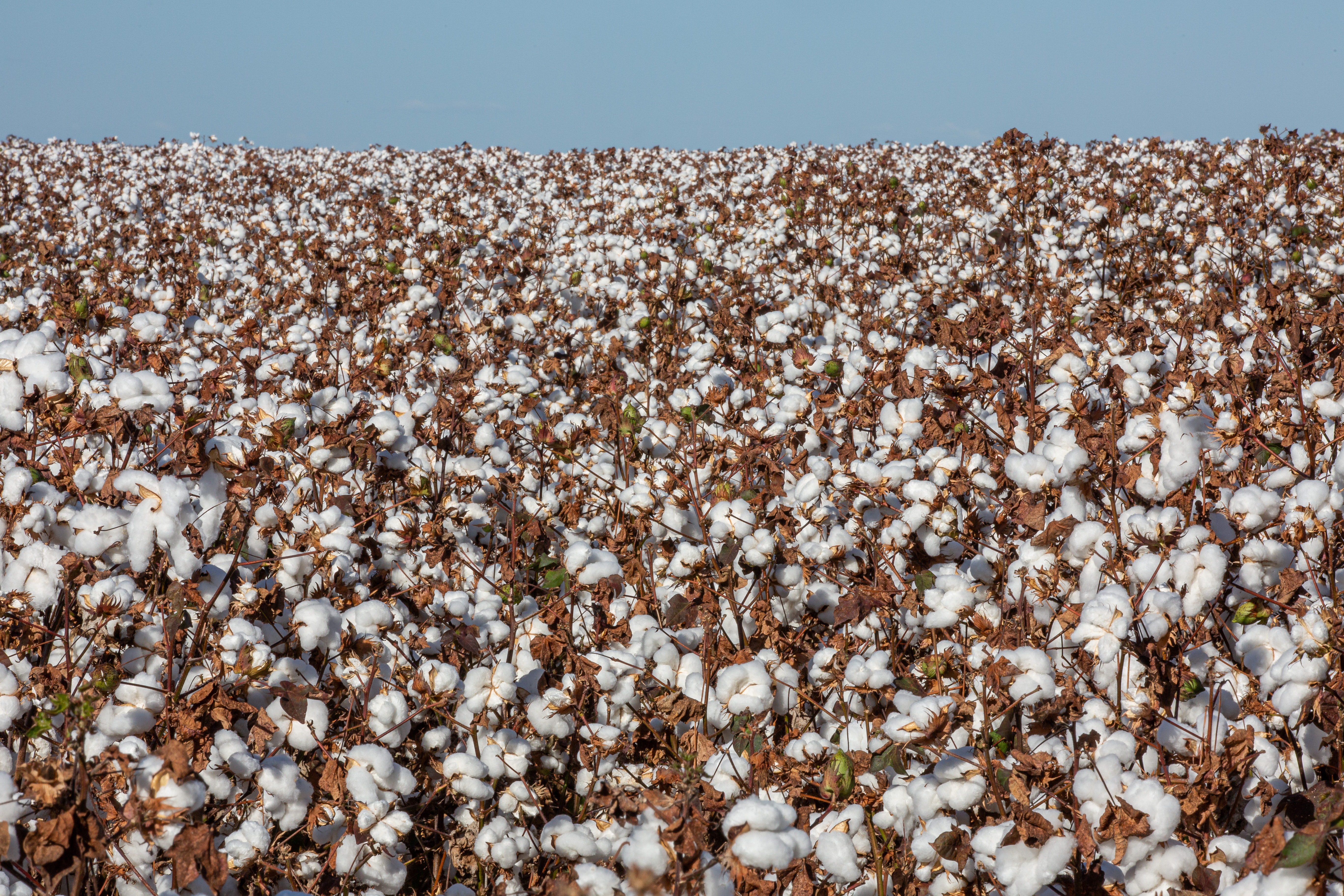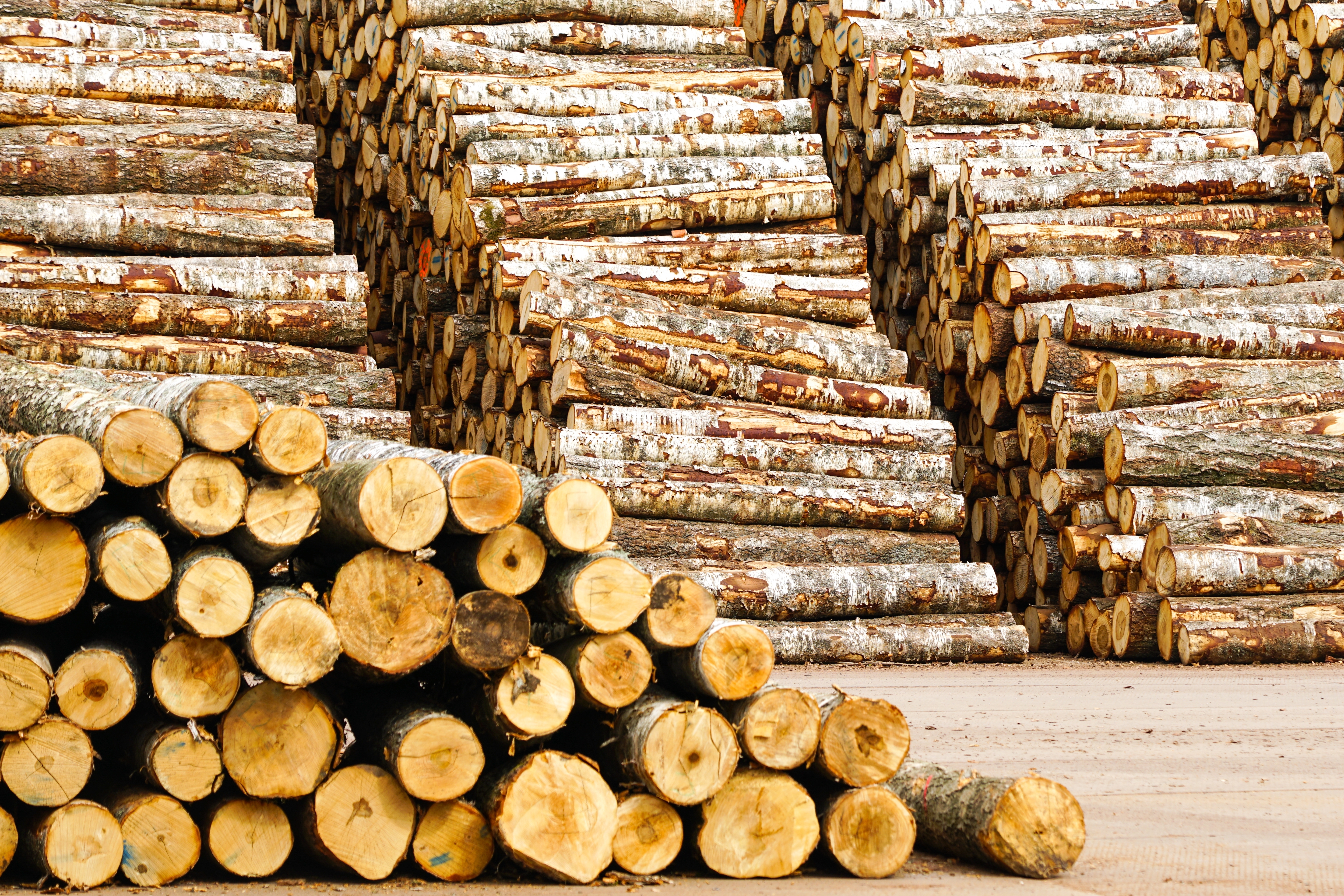
Satellite
analysis by WWF has found indications of the illegal
deforestation of more than 3,000 hectares (ha) within two private protected areas
and one legally recognised indigenous territory in Paraguay.
The forest clearance, in the departments of Canindeyu and
Caaguazu, is in contravention of the so-called Zero Deforestation law. The law
– in force since 2004– protects the Atlantic Forest in Paraguay’s eastern
region from deforestation and land use change until the end of 2018.
WWF-Paraguay’s analysis suggests the deforestation could be
associated with illegal crops.
Soy production is the greatest driver of deforestation of
the Atlantic Forest in Paraguay. The plantation
area has tripled in the last two decades, reaching 3.33 million ha by
2016. A third of this plantation area is located within Canindeyu and Caaguazu.
Other drivers of deforestation include cattle ranching and
illegal cannabis crops, which have
been found frequently in areas targeted for soy development.
WWF’s analysis indicates that that between 2009 and 2016,
1,314ha of forest were illegally cleared in the private reserve of
Morombi, located on the border between Canindeyu and Caaguazu.
Within the indigenous territory Kuetuvy Ko’eti, in
Canindeyu, satellite analysis reveals that more than 1,100ha were
illegally cleared between 2010 and 2016. A third of this forest loss occurred
in the last year.
This territory, also known as Finca 470, has been the centre of controversy, as campesino settlers were found early last year occupying part of the land and clearing forest.
The campesino movement of the landless rural poor has been struggling against the legacy of land rights abuses and dispossession for decades.
The settlers in Finca 470 claim to have a legitimate permit from the
National Institute of Rural and Land Development.
WWF denounced the deforestation in March and December 2016
to the Public Ministry, The Ministry of Environment and The National
Forestry Institute.



